Home>Garden Essentials>How Long Does It Take Morning Glories To Germinate
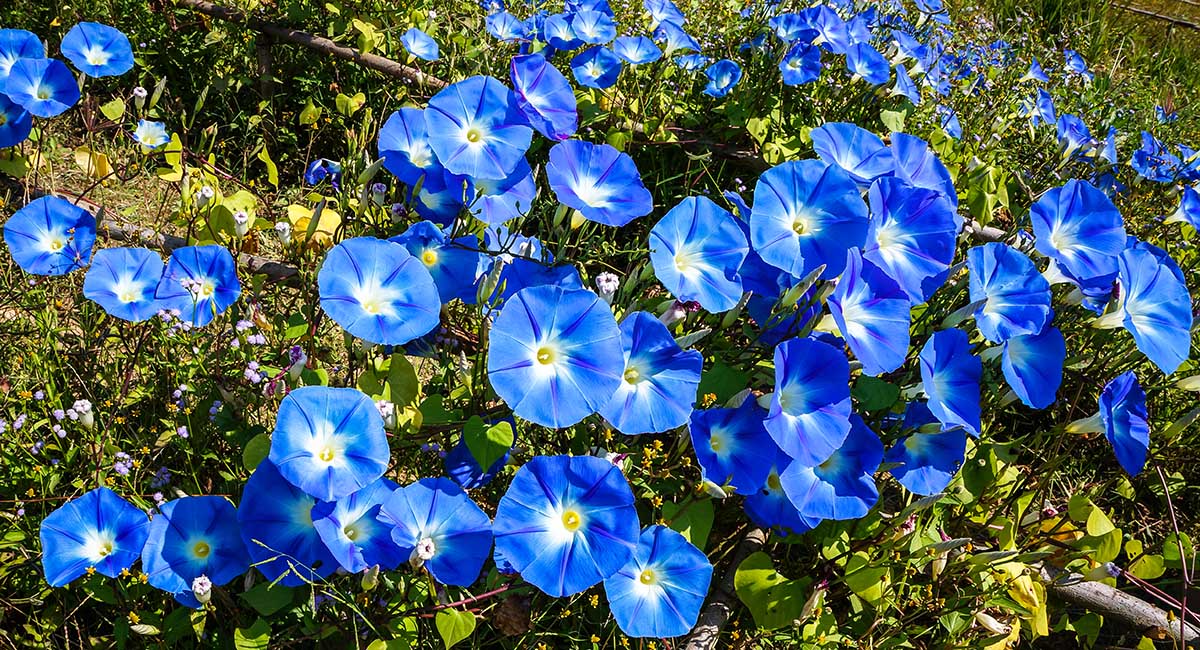

Garden Essentials
How Long Does It Take Morning Glories To Germinate
Modified: March 15, 2024
Learn how long it takes for morning glories to germinate in your garden. Get gardening tips and tricks for successful germination.
(Many of the links in this article redirect to a specific reviewed product. Your purchase of these products through affiliate links helps to generate commission for Storables.com, at no extra cost. Learn more)
Introduction
Welcome to the fascinating world of morning glories! These vibrant and enchanting flowers have captivated gardeners and flower enthusiasts alike for centuries. If you’ve ever tried growing morning glories from seeds, you might have wondered how long it takes for them to germinate. Well, you’re in luck! In this article, we will explore the factors that affect the germination time of morning glories, the ideal conditions for germination, the germination process itself, and some tips for successfully germinating morning glories.
Key Takeaways:
- Morning glories take 7-21 days to sprout, but factors like seed quality, temperature, and light can affect germination time. Patience and proper care are key to growing these vibrant flowers.
- To help morning glories germinate, use fresh seeds, provide warmth and light, and keep the soil moist. Enjoy the magical journey from tiny seeds to beautiful blooms in your garden!
Read more: How Long For Morning Glory Seeds To Sprout
Factors Affecting Germination Time
Several factors can influence the germination time of morning glories. Understanding these factors can help you better plan and optimize your germination process:
- Seed Quality: The quality of the seeds plays a crucial role in germination time. Fresh, high-quality seeds tend to germinate faster compared to old or low-quality seeds. It’s important to source your morning glory seeds from reputable suppliers to ensure quality.
- Temperature: Morning glories thrive in warm temperatures, with an ideal range of 70-85°F (21-29°C). Higher temperatures can expedite germination, while colder temperatures can significantly delay the process. Keeping the seeds in a warm and consistent environment can help shorten germination time.
- Moisture: Adequate moisture is essential for seed germination. Morning glories prefer consistently moist soil during the germination phase. Dry conditions can inhibit germination or cause delays. Ensure your seeds are planted in well-drained soil that retains moisture without becoming waterlogged.
- Light: Morning glories are photophilic, meaning they require light to trigger germination. Exposing the seeds to light or covering them with a thin layer of soil can help facilitate germination. Avoid burying the seeds too deeply, as this can limit their access to light.
- Scarification: Some morning glory species have a hard seed coat that can impede germination. Scarification, which involves nicking or scratching the seed coat, can help stimulate germination by allowing moisture to penetrate the seed more easily. Soaking the seeds overnight or gently rubbing them with sandpaper can achieve this.
It’s important to note that the exact germination time can vary depending on different morning glory species and cultivars. Additionally, individual variations within a batch of seeds can also impact germination time.
Ideal Conditions for Germination
To ensure successful germination of morning glories, it is crucial to provide them with the ideal conditions. Here are the key factors to consider:
- Soil: Morning glories thrive in well-draining soil with a nutrient-rich composition. A loamy soil, enriched with organic matter like compost, provides an ideal medium for germination. Avoid heavy clay soils that can retain excessive moisture and hinder root development.
- Water: Adequate moisture is vital for the germination process. After sowing the seeds, ensure the soil is consistently moist but not waterlogged. Avoid letting the soil dry out completely or becoming oversaturated. Regularly check the moisture level and adjust your watering accordingly.
- Light: As mentioned earlier, morning glories require light for germination. Choose a sunny spot in your garden or a location that receives at least 6-8 hours of direct sunlight. If starting seeds indoors, place them near a bright window or under grow lights to provide sufficient light exposure.
- Temperature: Morning glories prefer warm temperatures for germination. Aim for a temperature range of 70-85°F (21-29°C) to promote faster and more successful germination. Using a heat mat or propagator can help maintain consistent temperature levels if you are starting seeds indoors.
- Sowing Depth: Morning glory seeds should be sown at a depth of around ¼ inch (6 mm) in the soil. This ensures that they receive optimal light exposure while still being protected. Gently press the soil over the seeds to secure them in place.
- Protection from Pests: Morning glory seeds and young seedlings can be susceptible to damage from pests such as birds, slugs, and snails. Consider using protective measures like bird netting or organic pest control methods to safeguard your seeds and ensure successful germination.
Providing these ideal conditions will give your morning glories the best chance of germinating successfully and thriving as they grow.
Germination Process of Morning Glories
The germination process of morning glories is a fascinating journey of growth and transformation. Here is a step-by-step overview of how these beautiful flowers sprout from seeds:
- Preparation: Start by selecting high-quality morning glory seeds from a reliable source. Prepare the soil by ensuring it is well-draining and rich in organic matter.
- Sowing: Sow the morning glory seeds at a depth of about ¼ inch (6 mm) in the prepared soil. Space the seeds around 6-12 inches apart to allow enough room for the plants to grow and spread.
- Moisture: Keep the soil consistently moist but not waterlogged. Water gently to avoid displacing the seeds, and avoid letting the soil dry out completely. Maintain a moist environment throughout the germination phase.
- Temperature: Provide the seeds with a warm environment. The optimal temperature range for morning glory germination is around 70-85°F (21-29°C). Using a heat mat or propagator can help maintain consistent temperature levels.
- Germination: After sowing, it usually takes anywhere from 7-21 days for morning glory seeds to germinate. Keep a close eye on the soil moisture and temperature to ensure an ideal environment for germination.
- Sprouting: Once the seeds germinate, you will notice small sprouts emerging from the soil. These sprouts will eventually develop into morning glory seedlings with their characteristic heart-shaped leaves.
- Growth and Development: As the seedlings grow, they will produce more leaves and start to vine. Provide support such as trellises or fences for the vines to cling onto as they continue to grow upwards.
- Flowering: After a few weeks or months, depending on the specific morning glory variety, the plants will start to produce beautiful trumpet-shaped flowers in an array of colors.
It’s important to note that not all seeds may germinate, and some may take longer than others. Patience and consistent care are key to a successful germination process.
Morning glories typically take 5-10 days to germinate when planted in well-draining soil and kept consistently moist. Providing warmth and light can also help speed up the germination process.
Average Germination Time of Morning Glories
The germination time of morning glories can vary depending on several factors, including the specific variety, environmental conditions, and seed quality. On average, morning glory seeds take anywhere from 7 to 21 days to germinate. However, some varieties may germinate as quickly as 5 days, while others may take up to a month.
It’s important to note that germination can be influenced by temperature, moisture, and light conditions. Providing optimal conditions, such as a warm and consistently moist environment with proper light exposure, can help expedite the germination process.
Additionally, the quality and freshness of the seeds also play a significant role in germination time. Fresh seeds obtained from reputable suppliers tend to have higher germination rates and faster germination times compared to older or lower-quality seeds.
While it’s exciting to see the first signs of sprouting, it’s essential to be patient during the germination process. Some seeds may germinate earlier than others, and not all seeds may successfully sprout. Keeping a consistent care routine and providing the ideal conditions will increase the likelihood of successful and timely germination.
Remember to regularly check the moisture levels in the soil, maintain optimal temperature, and provide adequate light for the seeds. Observing the progress of the germination process can be an exciting and rewarding experience for any morning glory enthusiast.
Read more: How To Eat Morning Glory Seeds
Tips for Successful Germination
If you’re eager to ensure successful germination of your morning glories, here are some helpful tips to keep in mind:
- Use fresh and high-quality seeds: Choose reputable suppliers to ensure the seeds you use are fresh and of good quality. Fresh seeds have higher germination rates and are more likely to sprout within the expected timeframe.
- Scarify hard-coated seeds: If you’re dealing with morning glory seeds that have tough seed coats, consider scarifying them to improve germination. Soaking the seeds overnight or gently rubbing them with sandpaper can help crack the hard coat and enhance moisture absorption.
- Pre-soak the seeds: Many gardeners find success by pre-soaking morning glory seeds in water for 24-48 hours before planting. This can help kickstart the germination process by softening the seed coat and awakening the embryo.
- Optimize temperature: Morning glories prefer warm temperatures for germination. Use a heat mat or propagator to maintain a consistent temperature of around 70-85°F (21-29°C) during the germination phase. Avoid exposing the seeds to extreme heat or cold.
- Provide sufficient light: Morning glory seeds require light to trigger germination. Make sure to expose the seeds to light or cover them with a thin layer of soil to allow light penetration. Avoid burying the seeds too deep as this can inhibit their access to light.
- Moisture management: Keep the soil consistently moist but not waterlogged. Monitor the moisture level regularly and water as needed to maintain a damp environment. Avoid letting the soil dry out completely or becoming overly saturated.
- Space seeds properly: Plant morning glory seeds with adequate spacing to allow room for growth and prevent overcrowding. Spacing of 6-12 inches apart should be sufficient, depending on the specific variety.
- Protect from pests: Morning glory seeds and seedlings can be vulnerable to pests like birds, slugs, and snails. Use protective measures such as bird netting, organic pest control methods, or physical barriers to safeguard your seeds and young plants.
By following these tips, you can increase the chances of successful germination and enjoy a bountiful display of beautiful morning glories in your garden.
Conclusion
Growing morning glories from seeds is a delightful and rewarding experience. Understanding the germination process and the factors that affect it is essential for successfully cultivating these vibrant flowers in your garden. By providing the ideal conditions of moisture, light, temperature, and utilizing high-quality seeds, you can optimize the germination time and increase your chances of a successful outcome.
Remember that morning glory seeds typically take around 7 to 21 days to germinate, but this can vary depending on various factors. Patience is key as you wait for the first signs of sprouting, and it’s important to maintain consistent care and provide the necessary conditions for the seeds to thrive.
Utilize scarification techniques for hard-coated seeds, pre-soaking methods, and proper spacing to give your morning glories the best start. Keep a close eye on moisture levels, protect the seeds from pests, and ensure they receive adequate light exposure throughout the germination process.
With perseverance and proper care, you’ll be rewarded with beautiful morning glory seedlings that will soon grow into vines adorned with stunning trumpet-shaped flowers in a kaleidoscope of colors.
So, go ahead and embark on the journey of growing morning glories from seeds. Embrace the magic of their germination process and witness the transformation of tiny seeds into breathtaking blooms that will fill your garden with beauty and joy.
Frequently Asked Questions about How Long Does It Take Morning Glories To Germinate
Was this page helpful?
At Storables.com, we guarantee accurate and reliable information. Our content, validated by Expert Board Contributors, is crafted following stringent Editorial Policies. We're committed to providing you with well-researched, expert-backed insights for all your informational needs.
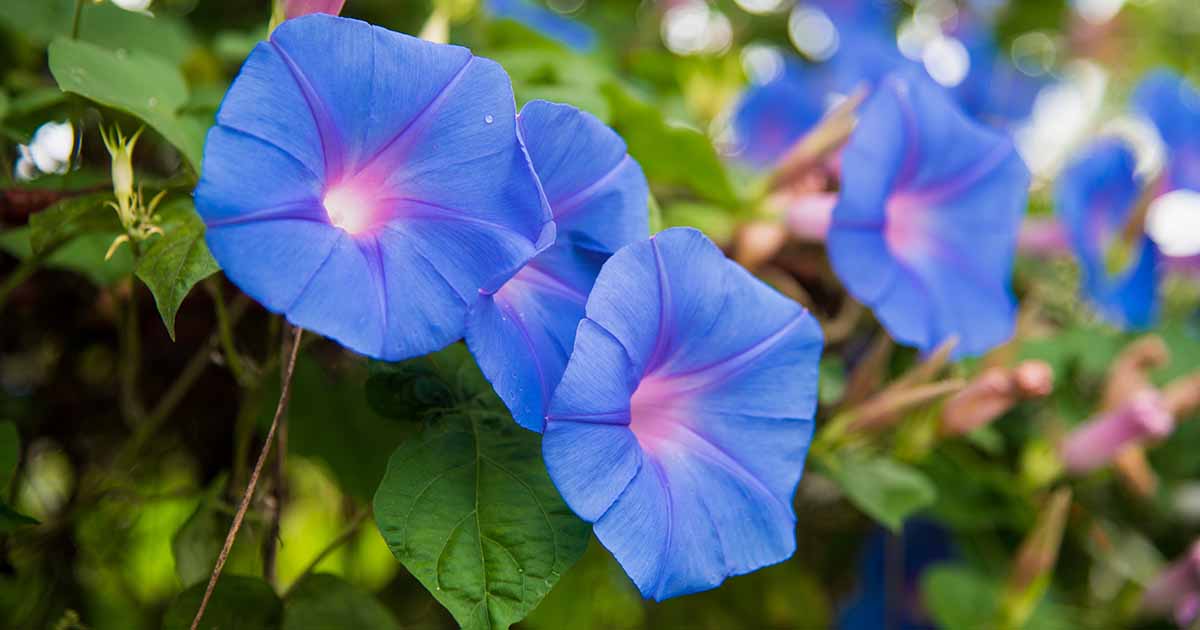
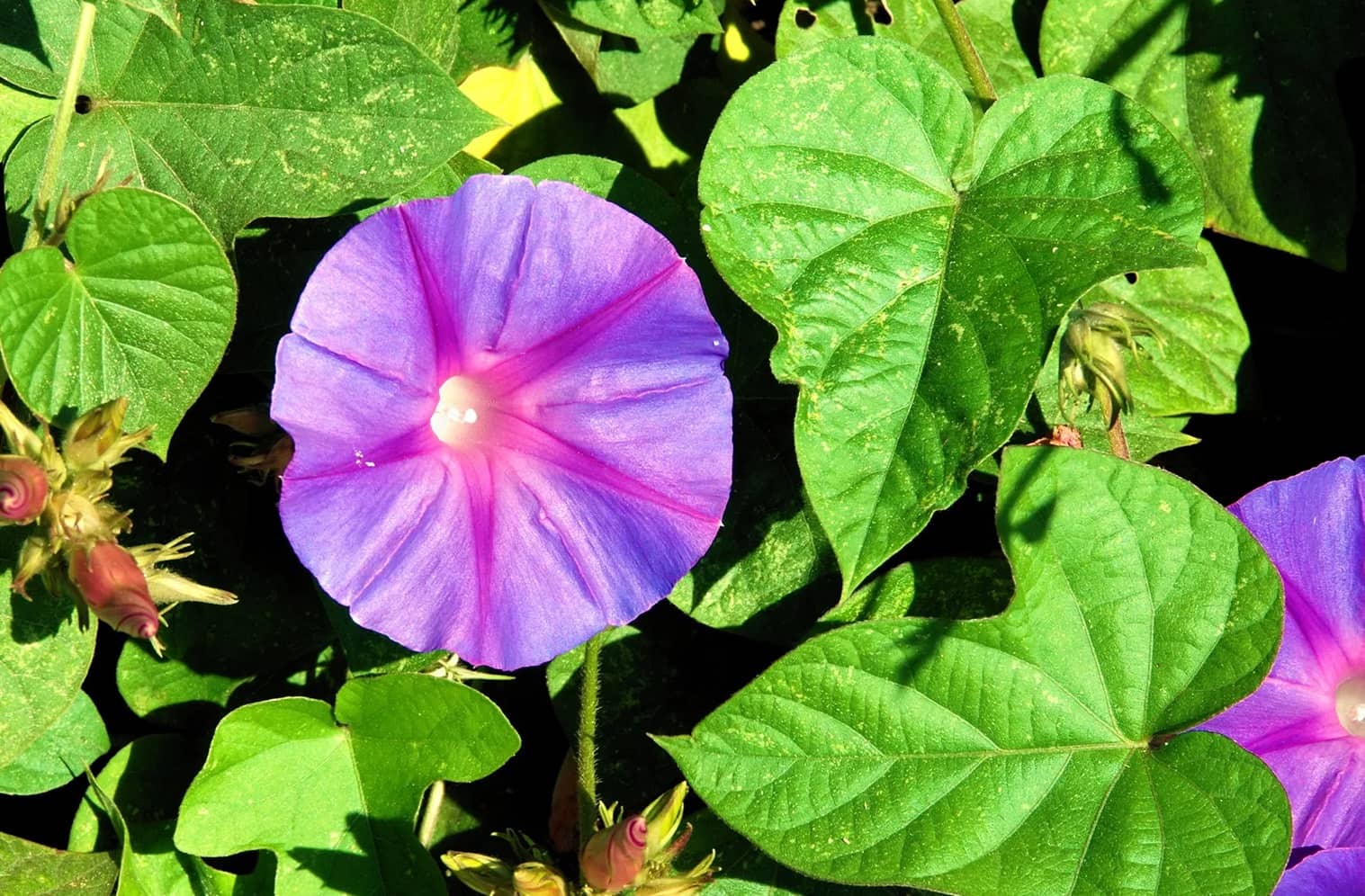
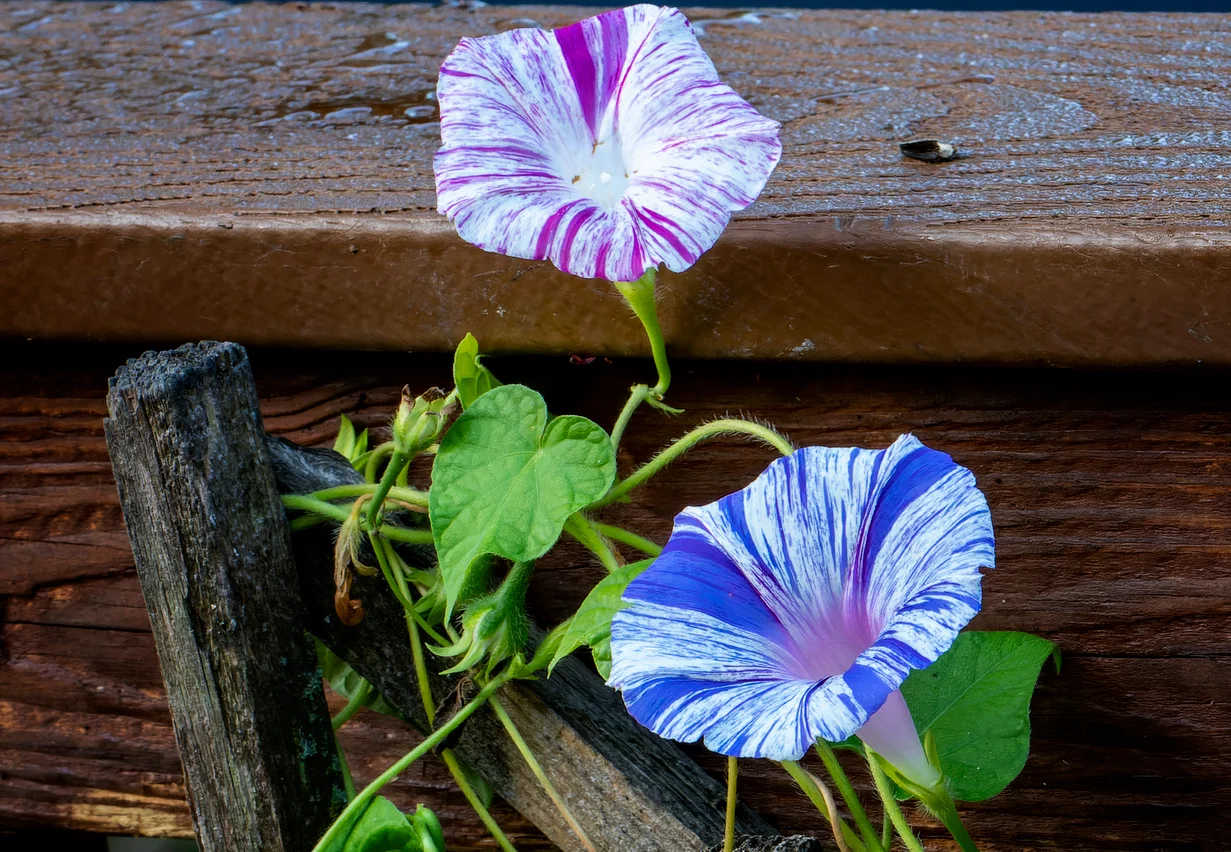
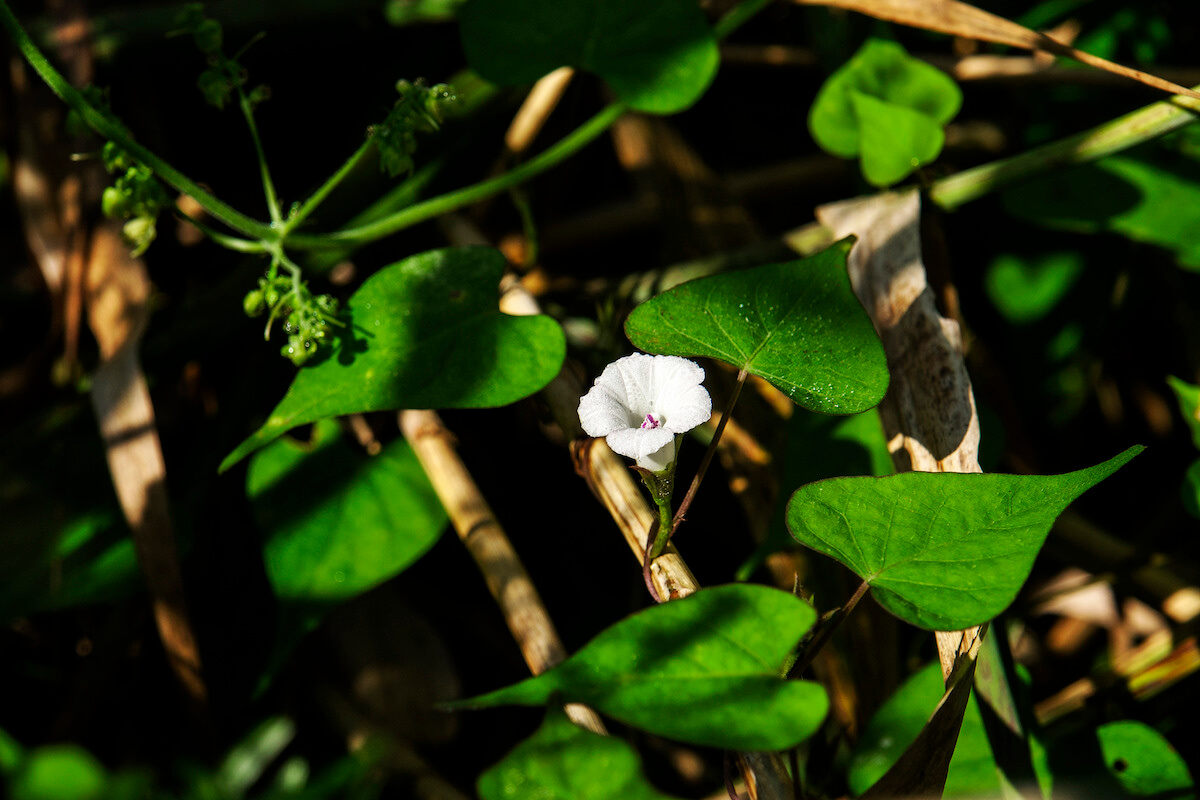







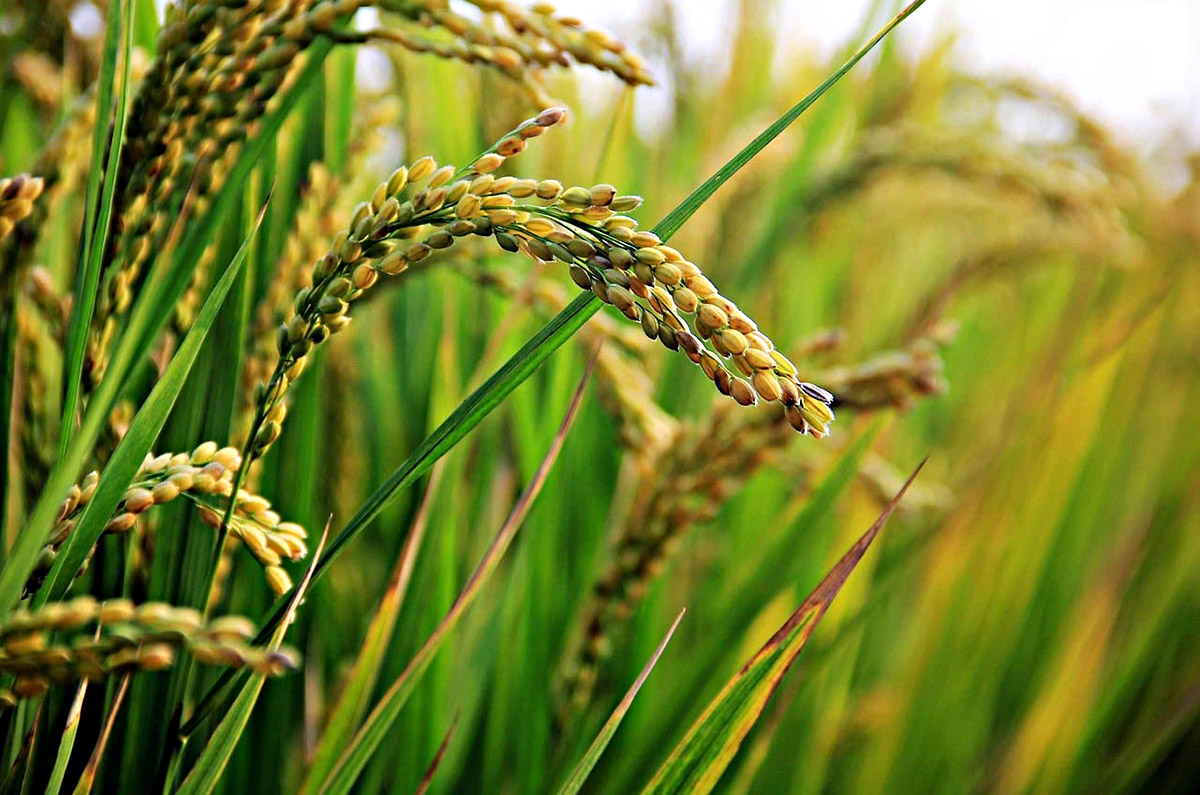
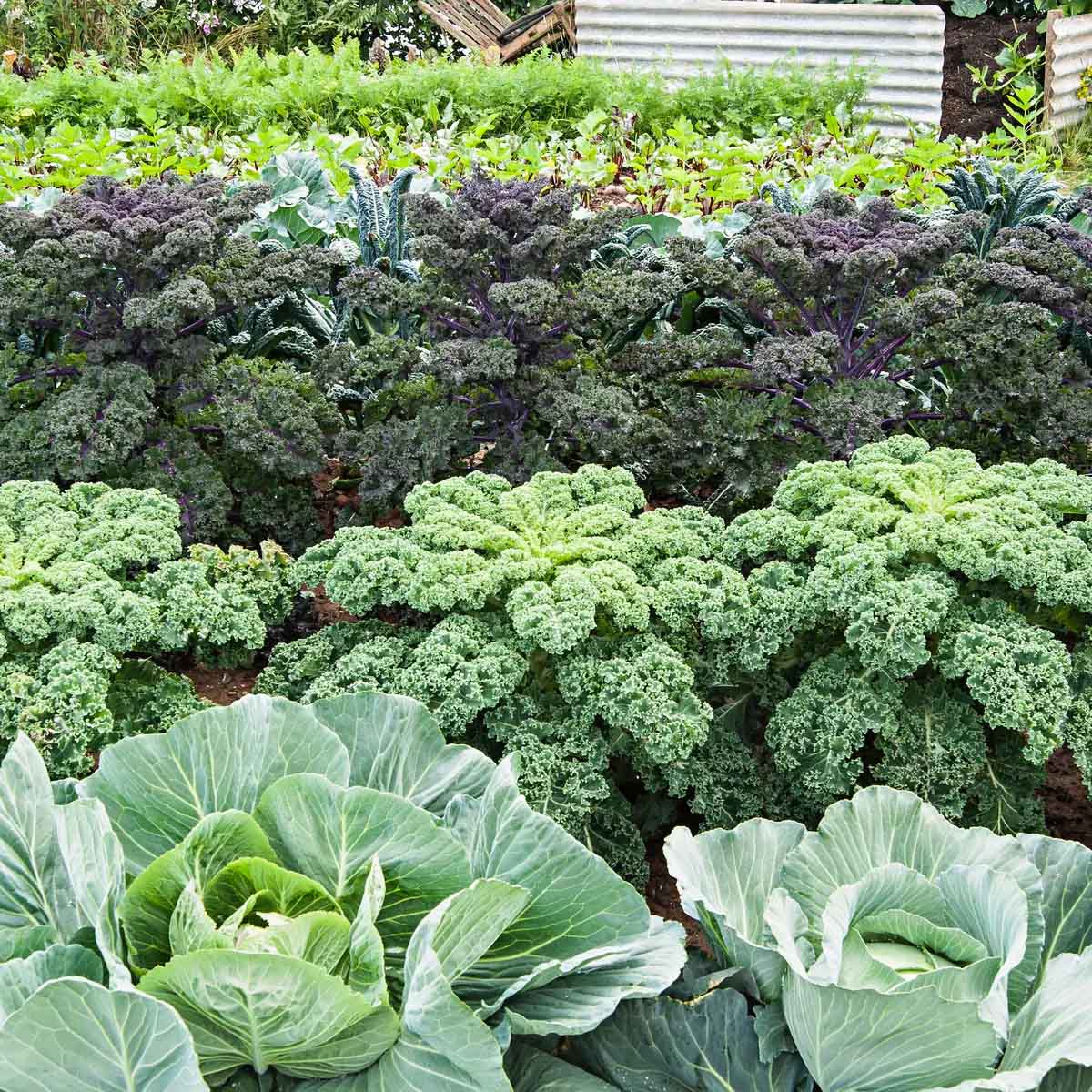
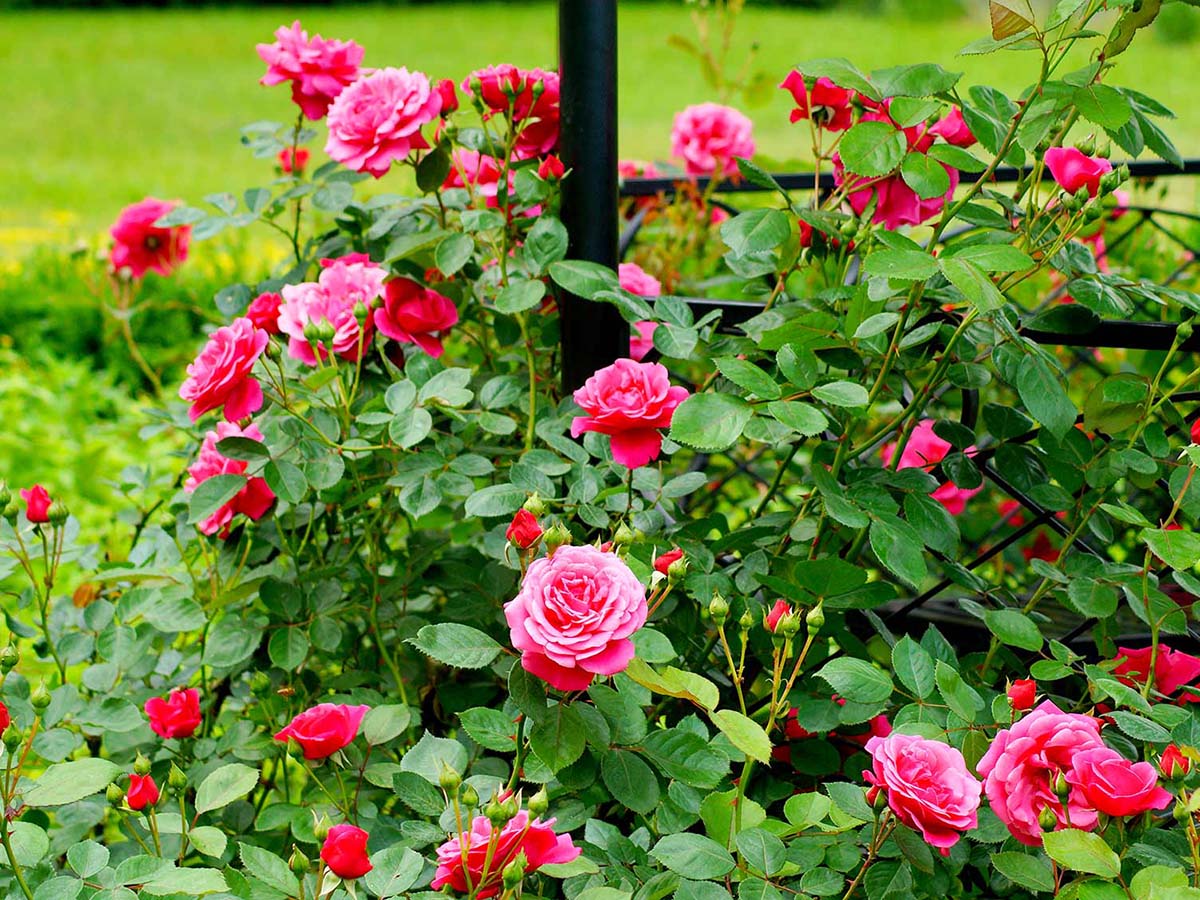

0 thoughts on “How Long Does It Take Morning Glories To Germinate”